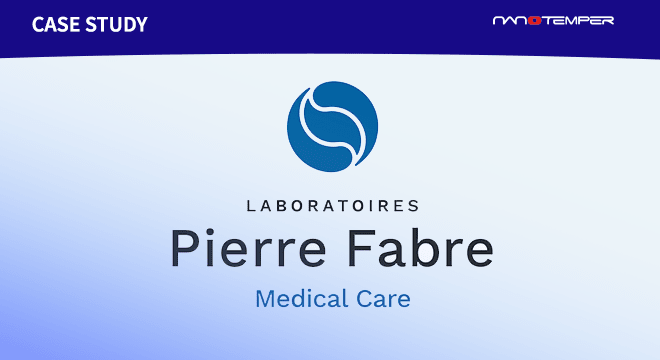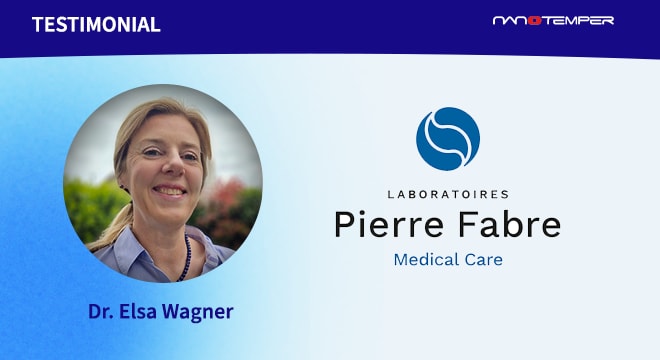Discover how 2bind applied multi-parameter characterization from a single experiment to find the optimal buffer for a vaccine antigen target.
You’ll learn about:
- Why stabilizing vaccine antigen targets is critical for downstream development of vaccines
- How a combinatorial approach to stability screening helped 2bind identify a more optimal buffer compared to thermal stability screens alone
- How they validated that their new buffer selection did not interrupt binding between targeting antibodies and the antigen target
Why it’s important for formulation:
Vaccine antigen target proteins must remain optimally folded and functional in order to act as a target for vaccine development. Improvements to the chemical environment via buffer optimization are a straightforward way to approach the stabilization of these antigens. With a combinatorial approach for screening both thermal and colloidal stability of an antigen, it is possible to find ideal buffer conditions for your proteins of interest.
Want to know about high precision tools for the combined characterization of thermal and colloidal stability of biologics? Learn more about Prometheus Panta


















